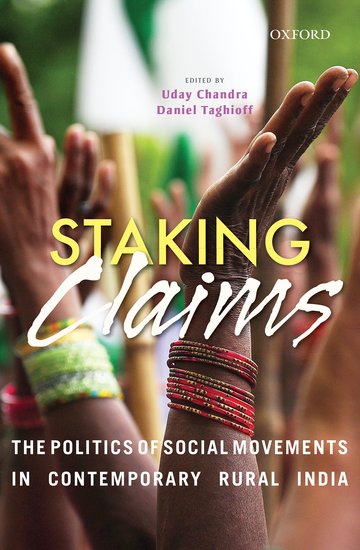Over the last decade, the country has witnessed one after another resistance movements bursting on to the political map. These movements, largely located in rural India have unsettled the comfortable dream of ‘shining’ India. In issues involved in studying such movements are certain connections which must be delinked only to link; certain qualifications must be made with respect to categories such as ‘rural’ or ‘resistance movements’. In activist circles and even in academe, such qualifications have been delayed, for example by counting all these varied struggles as ‘people’s movement’. There is no robust attempt to conceptualize the category ‘people’ itself. Towards this end, this edited volume provides a glimpse of the tasks at hand to take up such intellectual pursuits. Covering a variety of movements and their contexts, scattered across the country, the volume richly records the politics of these resistance movements.
However, it may be mentioned, that despite a comprehensive discussion on social movement literature in the introduction, the collected essays hardly contribute to a better understanding of the direction that the specialized discipline of social movement studies in India must move towards. Like ‘people’, it appears that ‘social movement’ has also been used as an intellectual short-cut. Readers will legitimately wonder if a movement led by a Communist Party and a study of its Marxist-Leninist politics can be grouped under the category, ‘social movement’!

